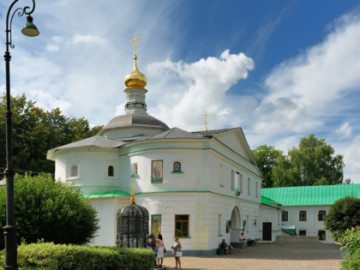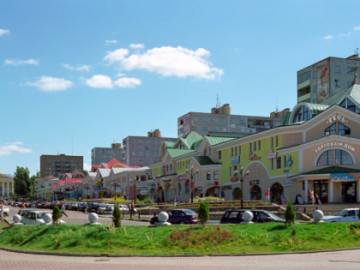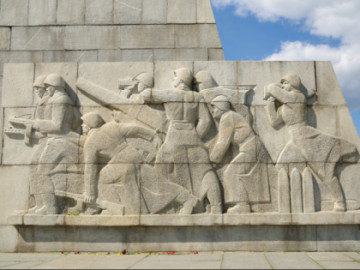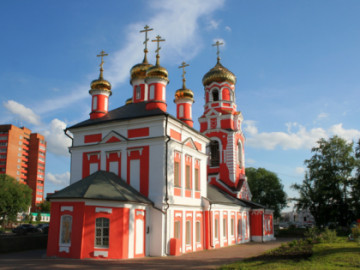Dmitrov — Moscow’s younger brother
Like many ancient Russian cities, Dmitrov experienced many shocks and was destroyed several times almost to the ground. Nevertheless, this small Russian town retained its attractiveness and charm. Its temples, green alleys, interesting monuments and the Kremlin are attractive in the warm season. And in winter Muscovites like to come here because several modern ski centers and slopes, adapted for the people with a wide variety of training levels, are concentrated around the city.
See all
Restaurants

Leonid Tyagachev Mountain Ski Club
Restaurant • Banquet room • Hotel • Café
+7 495 9807979

Четыре короны
Restaurant • Banquet room • Hotel • Bar • Café • Pizzeria
+7 925 4567052
Payment methods:

Kofe-Tajm
Coffee shop
+7 926 5352515
Payment methods:

Piu Del Cibo Cafe
Café • Pizzeria
+7 977 2818101
Payment methods:
All sights in DmitrovSee all
Places of interest in Dmitrov

Dmitrov Kremlin
Architectural Monuments • Museums and Exhibitions

Boris and Gleb Monastery
Architectural Monuments • Temples and places of worship • Abbeys and Monasteries • Other places

Zagorskaya Street
Other places

Peremilovskaya Vysota
Other places

The Church of the Presentation of the Lord
Temples and places of worship • Cathedrals and churches • Other places

Church of the Our Lady of Kazan
Architectural Monuments • Temples and places of worship • Cathedrals and churches • Other places
Nearby
Cities near Dmitrov






 Museums and Exhibitions
Museums and Exhibitions
 Other places
Other places
 Architectural Monuments
Architectural Monuments
 Temples and places of worship
Temples and places of worship